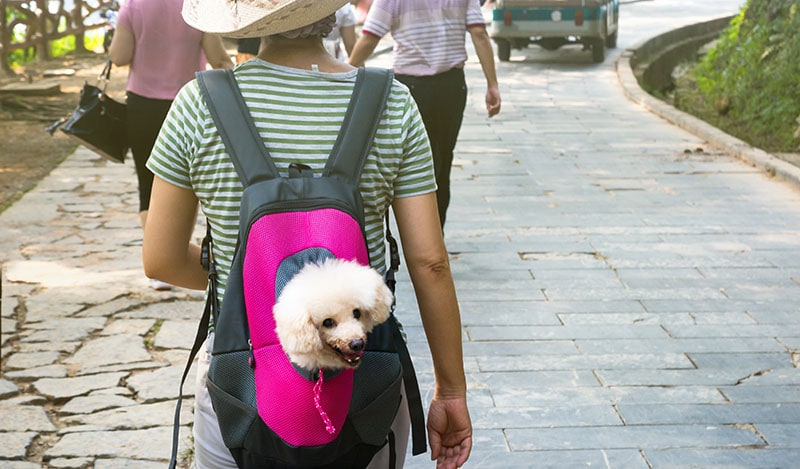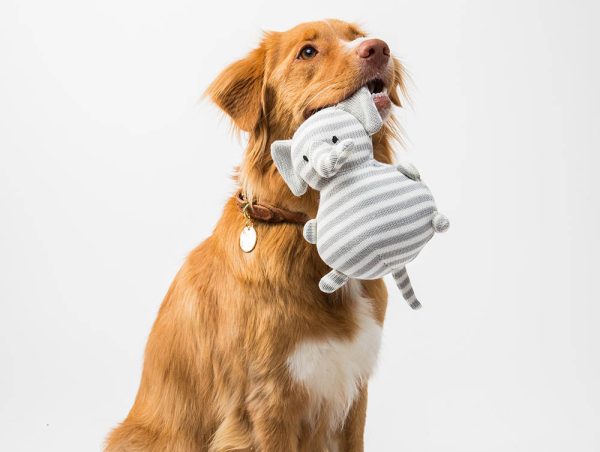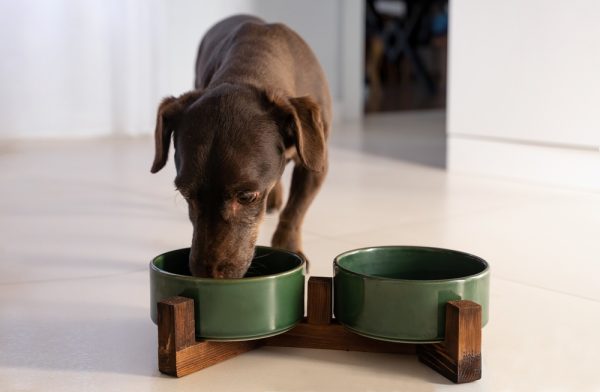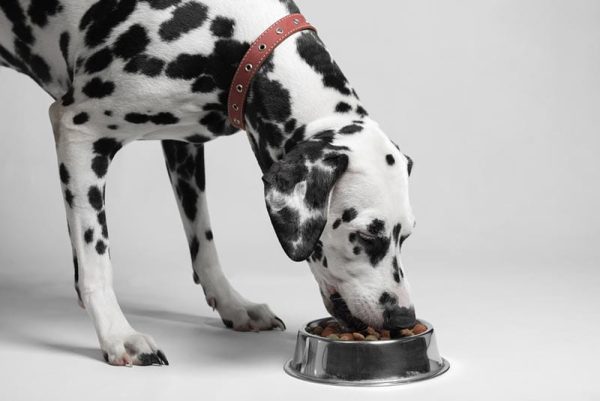Carrying small dogs in handbags first became a thing on the catwalk, with models carrying tiny pooches in purses in the early 2000s. Unfortunately, it didn’t end there. Celebrities like Paris Hilton then propagated the trend, making such an ensemble seem like the next must-have fashion accessory for all adoring fans.
While the term “cruel” may be a bit harsh in some respects, we don’t recommend carrying small dogs in handbags for several reasons. We’ll hop into these in more detail below.

Why Should Dogs Not Be Constantly Carried in Handbags?
Firstly, most handbags are not designed to be able to accommodate dogs, and even with bags that are supposedly designed for such a purpose, the space is generally very limiting. If we consider the five freedoms of animal welfare, namely, freedom from hunger and thirst; freedom from discomfort; freedom from pain, injury, or disease; freedom to express normal behavior; and freedom from fear and distress; there are some concerns regarding whether or not dogs carried in handbags still have all of these five freedoms.
For instance, the restrictive space can significantly impact a dog’s freedom from discomfort. Also, other items in said handbag may contribute to such discomfort. Some fabrics are less breathable than others and may limit airflow, putting dogs carried in handbags at risk of overheating.
Secondly, and building on the above, carrying a dog in a handbag hinders freedom from pain, injury, or disease. Some of the items also being held in the handbag can be painful (e.g., a set of keys), harmful, or even toxic (e.g., chewing gum containing xylitol or chocolate bars). Also, restricting activity by carrying a dog around in a handbag can predispose to obesity, which, in turn, increases the risk for certain diseases such as osteoarthritis, diabetes mellitus, and certain types of cancer.
Lastly, a dog is entitled to the freedom to express normal behavior, and being carried around in a handbag prevents such freedom. A dog in such a situation is limited with regard to normal socialization, which in itself can lead to behavioral issues. Not being able to interact with other dogs and even people can bring on behavioral vices (e.g., fostering traits such as aggression) and negatively impact nervous system development.
Going hand-in-hand with this is the freedom from fear and distress, with certain situations where a dog is restricted to a handbag precipitating a fear response or simply a milder form of distress.
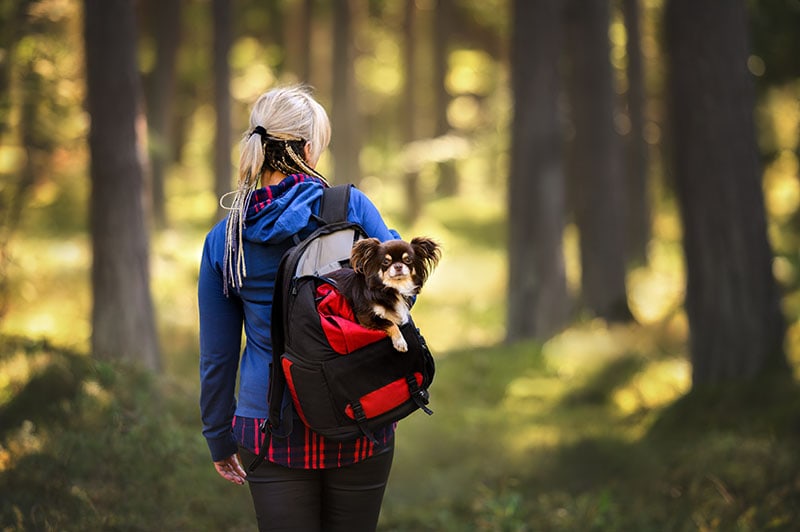
When Is It Appropriate to Carry a Small Dog?
If your dog is ill and you need to take your sad friend to a veterinary clinic for examination and appropriate treatment, carrying your pooch in a pet carrier—not a handbag—is a good idea. Not only does this afford your dog some more comfort, which is essential in any sick patient, but it also ensures that your dog does not need to expend further energy walking into the clinic and offers a safe space to which they can retreat during the consultation.
Another example would be if you were outside and walking with your furry pal and you noticed that the pavement was exceptionally hot. It’s probably time to either pick up your dog and carry them for a bit or, alternatively, cut the outdoor activities short, particularly if there is no grass available to move the activity to. When walking long distances with a small dog or a senior dog with reduced mobility, it may be necessary to afford your friend a brief rest period while continuing your planned activity.
While it is important to ensure that your dog can socialize with other canines and be free to play and feel safe around other dogs, there is, of course, the odd occasion where you may need to intervene and pick up or even carry your dog for a bit if there is a possible altercation at foot with another misbehaving furry fellow. Similarly, a busy parking lot and the absence of a leash may raise some concern for potential vehicular trauma and prompt you to snatch up your friend.
All of these examples demonstrate an often transient need to carry your canine companion and serve to stress the need for promoting normal behaviors and ensuring access to all five freedoms of animal welfare.
If I Need to Carry My Dog, What Is the Best Way to Do So?
Ideally, a dog carrier should be used to carry your furry friend when it is necessary to do so. Some crucial factors to consider when deciding on what type of carrier to get for your dog include:
- Appropriate size
- Appropriate material
- Comfortable
- Well-ventilated
- Secure
- The purpose
When considering the above factors, you are creating a more secure way to carry your dog compared to a handbag and a safe space for your friend to retreat to in some of the potentially stressful situations outlined above.
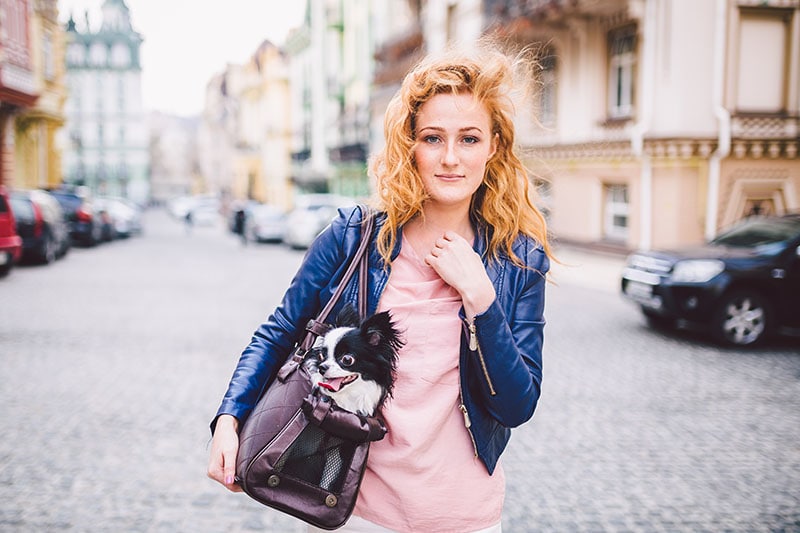

Final Thoughts
We don’t recommend carrying small dogs, or any sized dog for that matter, in a handbag because of how it interferes with their five freedoms of animal welfare. This can range from experiencing discomfort to more severe, potentially life-threatening complications such as hypoglycemia with secondary seizures and coma or severe liver injury associated with ingesting xylitol gum.
If you need to carry your dog (for instance, when taking your sick dog to the veterinary clinic), there are more appropriate and safer ways to do so than using a handbag, for example, using a dog carrier or crate.
See Also:
- Another Sequela to Xylitol Ingestion in Dogs
- Is it legal to have unrestrained dogs on ute trays or other open vehicles?
- Prevention of Cruelty to Animals Act 1979 No 200
- Xylitol Toxicosis in Dogs
Featured Image Credit: Creative Family, Shutterstock
